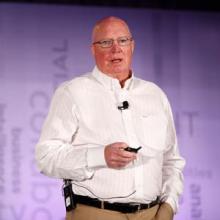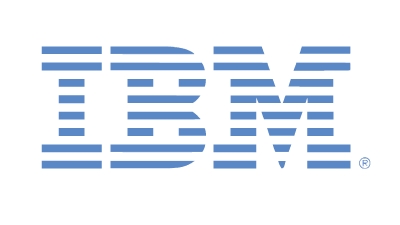How CEO Jim Dixon Turned CompuCom Around From The Brink Of Disaster
Submitted by Sarah Kuranda on

It wasn't going to be an easy switch, Dixon said. Some of CompuCom's major weaknesses at the time included single digit hardware margins, high working capital requirements, very little data center or services business. What services revenue it did have focused around break fix, and not high value services.
"The industry changed, but we had not over the last couple of years, and it led to the erosion of the business," Dixon said.
The business wasn't all bad, though, Dixon said. He said some of the strengths of CompuCom at the time included multivendor OEM partners, a wide break fix footprint, help desk services, low cost structure, high customer saturation and a starting spot of $220 million in services business.
"Our vision was to transition CompuCom into an IT outsourcing company focusing on end users. We thought we had a lot of positives there," Dixon said.
In order to make a successful rebound in recurring revenue, Dixon said that CompuCom needed to expand its services sales force, build a quality NOC and off shore call center and build up its delivery capabilities around IT outsourcing. However, CompuCom didn't really have the funding to make those changes an easy reality, he said.
The first major investment the company made was an acquisition, picking up GE IT Solutions in 2007 for an undisclosed amount. The acquisition added $180 million in services revenues, experienced sales reps and geographical coverage for a reasonable price, Dixon said.
Dixon said the company also had to overhaul the sales force compensation model to accommodate more services. CompuCom settled on a compensation function that gives no-cap extra commission for longer contracts and higher gross profits. To help build an even bigger focus on customer satisfaction, Dixon tied executive bonuses to satisfaction numbers. Dixon kept the company structure flat so decisions could be made quickly and kept the customer close to mind. He said it was also important to focus on the company culture, keeping Starbucks coffee in the office despite cost cutting and calling them "Associates" rather than "Employees."
The changes have paid off big time for CompuCom, which now sits at No. 23 on the CRN SP500 list. The company has raised its IT outsourcing services revenue from $220 million in 2004 to $1.1 billion at the end of 2012. It has dropped its hardware revenue from 90 percent of the business to around 40 percent.
For companies in the channel looking to make similar success stories out of their own businesses, Dixon said that they have to not be afraid to change. No one likes to change, he said, but especially in today's industry it is necessary.
"My belief is you’ve got to change your model," Dixon said.






